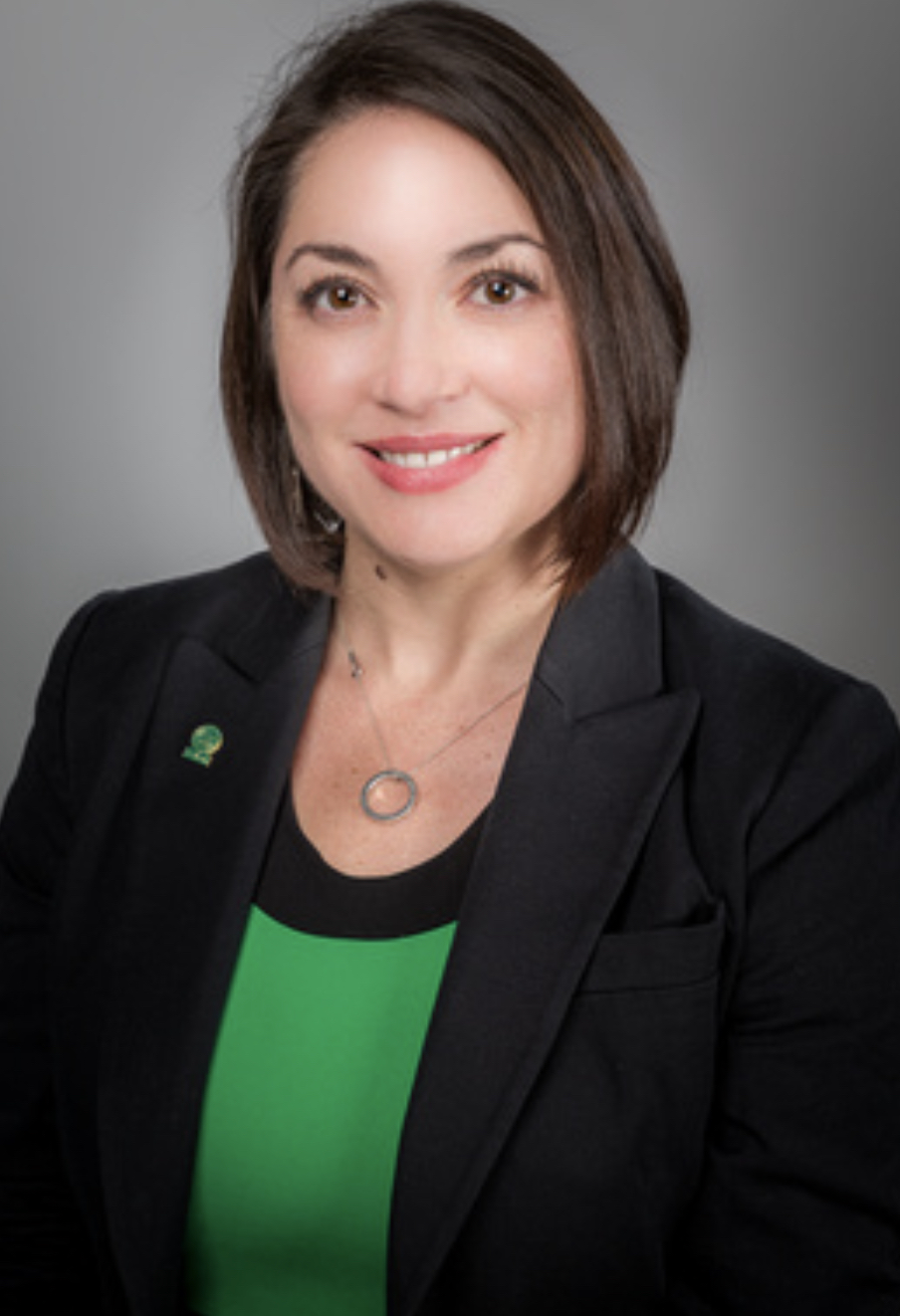After nearly three years of studying the effects of “Long COVID”, a variety of symptoms that linger after a SARS-CoV-2 infection, The University of New Mexico clinicians are using research findings to enhance and improve treatment plans for patients.
In late 2021, UNM joined two large national studies of patients through the RECOVER (Researching COVID to Enhance Recovery) Initiative, funded by the National Institutes of Health (NIH). According to co-principal investigator (PI) of the UNM’s RECOVER study Michelle Harkins, MD, division chief of pulmonary, critical care, and sleep medicine at the UNM School of Medicine, the NIH has poured about a billion dollars into identifying and understanding Long COVID.
Harkins stated the RECOVER program has enrolled 12,599 adults and 14,131 children into the research. At this moment, New Mexico has enrolled 148 adults with about 42% of them identifying as Hispanic or Chicano and 79 pediatric patients with about 50% identifying as Hispanic or Chicano.

“Having a diverse group is important to the research. When you look at which demographics got hit the hardest across the nation- African-Americans, Hispanics, and Native Americans were disproportionately affected.”
Matt Kadish, MD, assistant professor of general pediatrics at the UNM School of Medicine is also a co-PI of the RECOVER study, focusing on pediatric patients. Enrolling children and teens is important, according to Kadish, because this group may present symptoms that aren’t necessarily common in adults.

“Children and teens are not immune from Long COVID, and in many ways, pediatric patients can be more complex. For example, if a middle school-aged pre-teen is showing signs of withdrawal, mood changes, and anxiety, we need to really examine- are these symptoms that can be attributed to Long COVID? Or are these symptoms common to the hormonal changes that occur during puberty?”
The studies include reviewing medical records and diagnostic screenings to better understand how people experience long-lasting symptoms after a COVID diagnosis and understanding the biological causes behind it.
According to Harkins, a common Long COVID symptom in adults is post-exertional malaise, which means small activities can create fatigue and exhaustion that may last for days or weeks. In many cases, researchers have found actual muscle tissue damage. Patients have also reported severe and chronic fatigue even with no preceding activities. And another common symptom includes cognitive function impairments, including brain fog and inattention. In some cases, depression or ADHD symptoms have been exacerbated after COVID.
“We’ve heard from business executives who functioned at a very high level before COVID, who now say their inability to focus has seriously damaged their careers,” Harkins explained. “And we’ve heard from marathon runners and athletes who now find it difficult to play with their children.”
Harkins and Kadish believe Long COVID symptoms have increased behavioral health concerns with more instances of panic attacks, depression, and anxiety. That business executive who excelled at work and had generally been financially secure may now risk losing his job and facing negative financial consequences. And that marathoner who used running as a mental health outlet may now be confined to an imprisonment of sitting or lying down. Drastic changes in lifestyles have taken a real toll on many causing new behavioral health concerns.
Applying Research Findings to Clinical Practice
As early as the summer of 2020, patients in the UNM Health System who had once been hospitalized with COVID, and some who had been infected, but did not require hospitalization, reported feelings of extreme fatigue to their primary care physicians. Soon after, UNM Hospital stood up a clinic dedicated to caring for these patients.
“Many of these patients were worried that they wouldn’t be believed for the symptoms they were reporting,” said Alisha Parada, MD, co-PI of UNM’s RECOVER study and medical director of the Long COVID clinic at UNM Hospital. “These people felt stigmatized. Their own families were not believing them.”
Many of those enrolled in the RECOVER study came through Parada’s clinic. This has allowed Parada and the team to use these patients’ data to analyze and compare with others across the nation to tailor a treatment plan for each.

“The discoveries so for about Long COVID have been incredibly valuable to medicine, but to my patients, it has created validation. I have believed them from the start. They knew what they were feeling in their bodies. Now there is science to prove Long COVID symptoms are real. I think my patients were eager to join the RECOVER study because people want to feel like they can contribute to something valuable after feeling devalued for so long.”
With more information and data at hand through the RECOVER study, Parada can help patients who come to the Long COVID clinic in three ways. She says she begins with goal setting.
“Every patient has different goals,” Parada said. “My job is to listen to what that person needs and wants so that we can work toward that goal.”
Next Parada determines what symptoms a patient is experiencing to create a management plan. Parada evaluates current medications, past and current health concerns, and works with each patient to determine an appropriate course of action to try to lessen the symptoms.
And finally, Parada will refer patients to other specialists- which could be to a number of other areas of medicine including behavioral health, neurology, pulmonary, even cardiology.
“Treatment plans are often multi-disciplinary and always individualized; there’s no one-size-fits-all,” Parada said. “But it starts with listening and believing what my patient is telling me.”
The Work Continues
In January 2024, Sen. Bernie Sanders (I-VT) invited Harkins to testify before the U.S. Senate Health, Education, Labor, and Pensions (HELP) Committee to address Long COVID research. Harkins said she used that opportunity on a national stage to advocate five priorities.
Long COVID Top Priorities
- Use the Project ECHO model nationally to identify and treat Long COVID. By harnessing the power of virtual communities during an ECHO session, people living in remote or rural areas have a greater chance of accessing care.
- More funding for Long COVID research.
- Legislation that would allow access to Long COVID care easier.
- Funding for more clinical trial networks.
- Building an infrastructure to treat Long COVID, including a national Long COVID Research Center.
“Very few Long COVID clinics exist nationwide,” Harkins told the U.S. Senate committee. “If they do exist, they are in bigger academic centers in big cities. In New Mexico, for example, we have one Long COVID clinic at UNM. What we need are multidisciplinary clinics to address the myriad of symptom complexes that these patients face. We need a pulmonologist, a cardiologist, a neurologist or psychologist, physical therapy, occupational and speech therapy, and social workers to be in one location, so patients can be seen by whomever they need.”
Parada agrees. Acknowledging she is an “army of one” at UNM Hospital’s Long COVID clinic, Parada said the demand for this type of health care far exceeds current capacity.
“In the next five years, we need to identify targets for treatment and have data available showing the efficacy of treatments. This is how we’re going to make a positive difference in patients’ lives and we’re going to need help getting there,” Harkins said.
